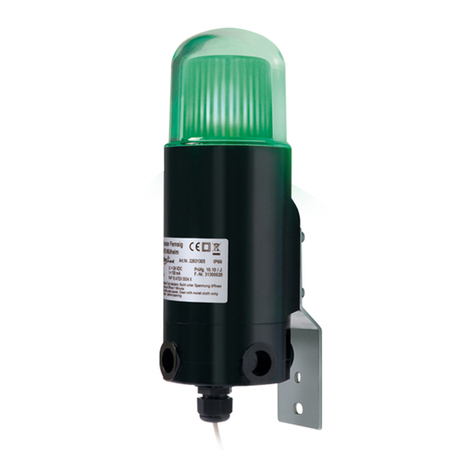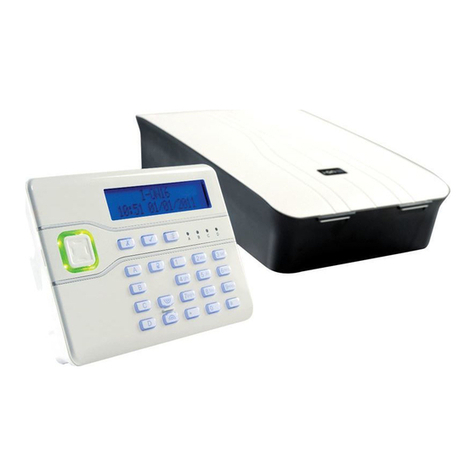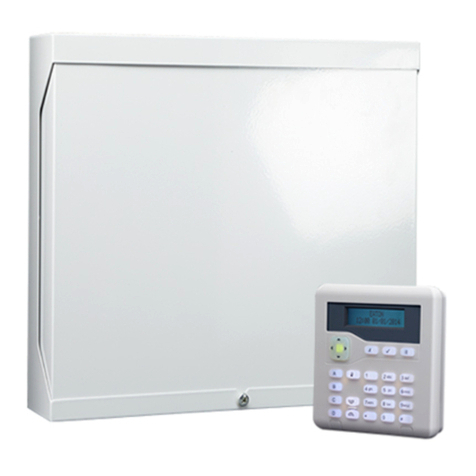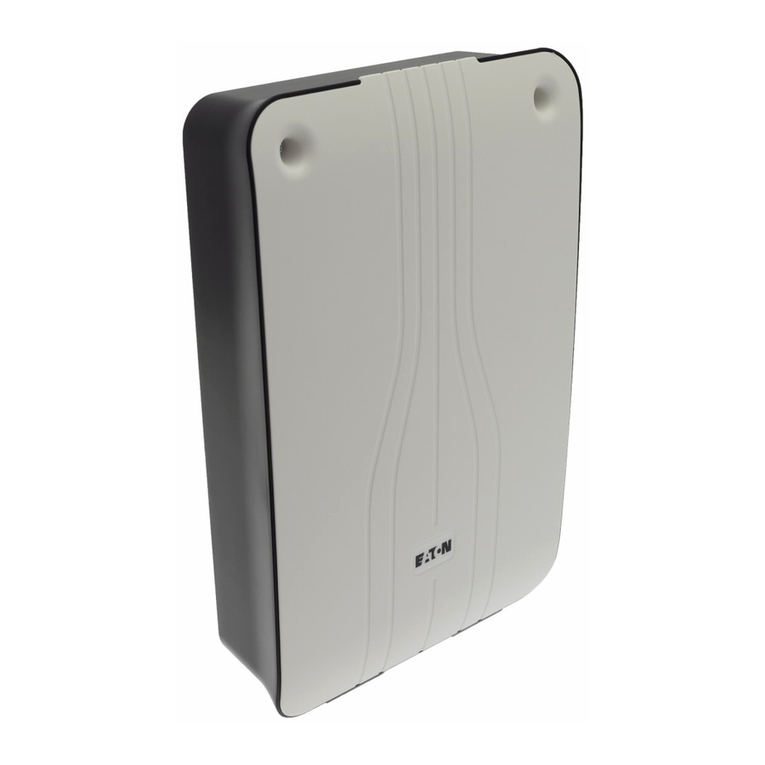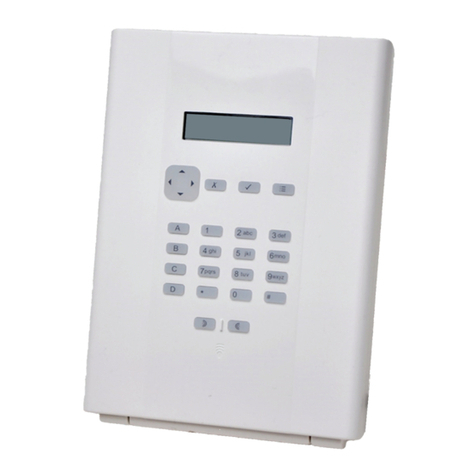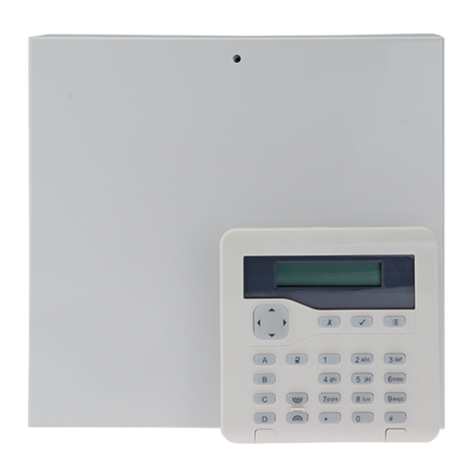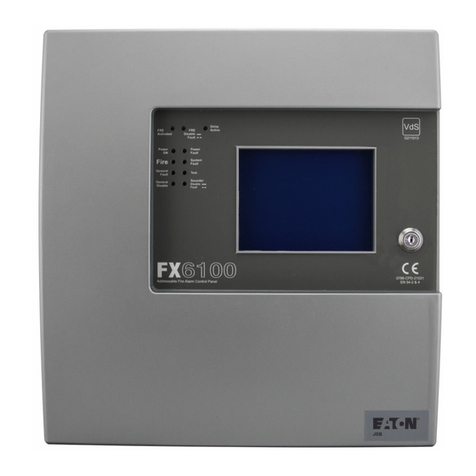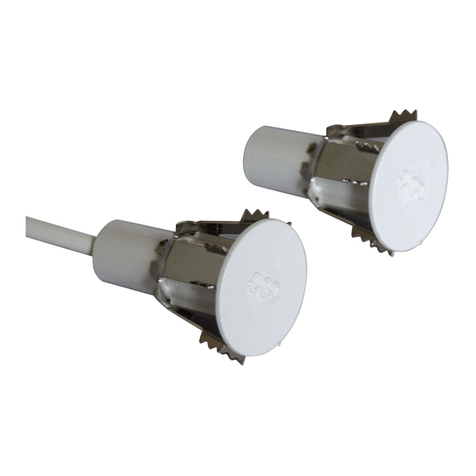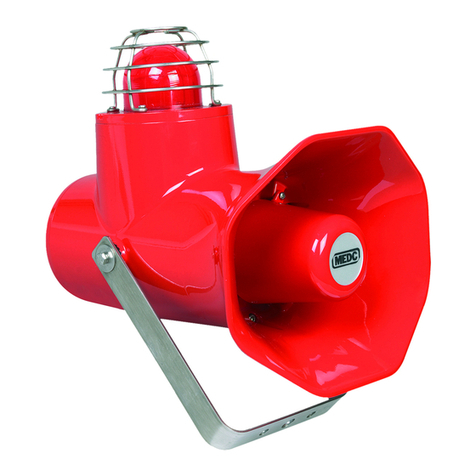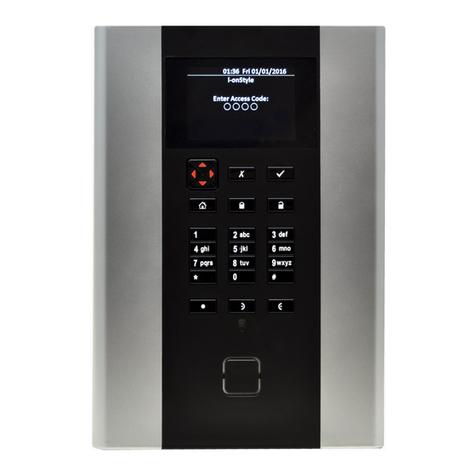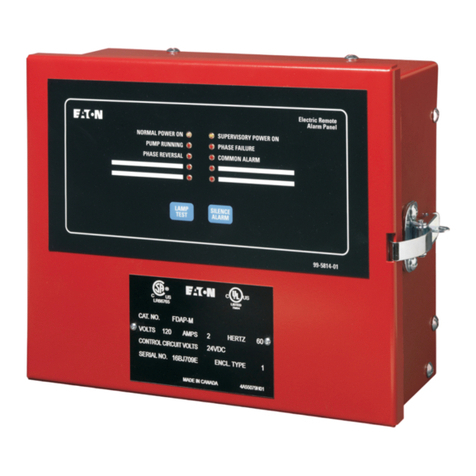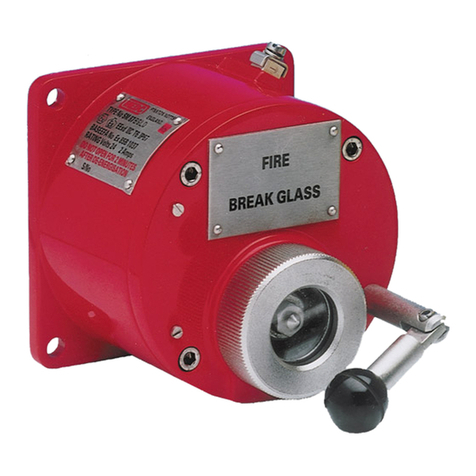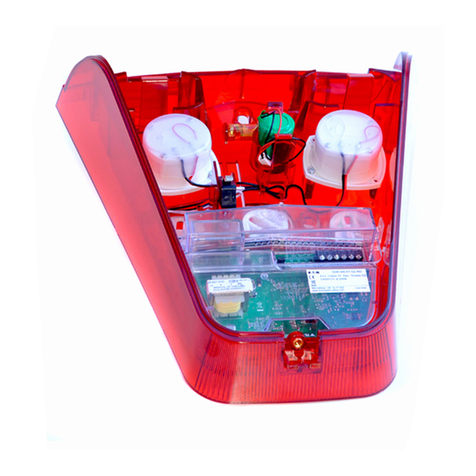
i-on40 & i-onEX Range
Page iii
Contents
1. Introduction .............................................................1
Setting and Unsetting ...................................................3
Alarms and Reset ............................................................... 3
Security Levels .................................................................. 3
Partitions .......................................................................... 4
24 Hour Alarms.................................................................. 4
Communications ..........................................................4
Security Grade.............................................................5
Controls and Displays ...................................................6
Controls:........................................................................... 7
Displays ............................................................................ 7
Users..........................................................................9
Types of User .................................................................... 9
Identifying Users.............................................................. 10
Access to the System ................................................. 10
Access Codes................................................................... 10
Proximity Tags................................................................. 11
Remote Controls .............................................................. 12
TwoWay Key Fob.............................................................. 12
Radio Hold Up Alarms (HUA).............................................. 13
2. Alarms ....................................................................15
Silencing an Alarm ..................................................... 16
If You Cannot Reset the System......................................... 17
Accidental Alarms....................................................... 18
Speech Messages ....................................................... 18
Acknowledging a Speech Message ...................................... 18
Alerts (or Why is it Beeping?) ...................................... 19
Technical Alarms.............................................................. 20
3. Setting and Unsetting .............................................21
Setting and Unsetting With a Keypad............................ 21
Setting ........................................................................... 22
If the System Will Not Set ................................................. 27
Other Reasons Why the System May Not Set.............................. 28
Unsetting the System Using a Keypad................................. 29
Using Radio Keypads and Remote Controls.................... 31
Using a Radio Keypad ....................................................... 31
Using a Remote Control .................................................... 32
Using a Two-Way Key Fob ................................................. 33
4. Administration ........................................................36
Entering and Leaving the Menu.................................... 36
Editing Text............................................................... 37
Omitting Zones .......................................................... 37
Users........................................................................ 39
Editing Existing Users ....................................................... 40
Adding Users ................................................................... 52
Deleting Users ................................................................. 55
